A large-scale redevelopment project is underway around JR Saikyo Line “Itabashi Station.” Despite its excellent accessibility, just one stop from Ikebukuro, the west exit area of Itabashi Station, which has remained largely unchanged for years, is now set to transform into a space befitting the “gateway to Itabashi Ward.” This article provides a detailed explanation of the currently disclosed redevelopment plan, including its contents, scheduled completion dates, impacts on residential and commercial facilities, transportation infrastructure, surrounding environment, local community, and potential ripple effects on the real estate market, all presented in an easy-to-understand manner for the general public.
Overview and Background of the Redevelopment Plan
The redevelopment of the Ibaraki Station West Exit (Ibaraki Exit) area is being carried out primarily by JR East Japan and Nomura Real Estate under the “Ibaraki Station Ibaraki Exit Area First-Class Urban Redevelopment Project,” in coordination with the redevelopment of the station square and the separately ongoing “Ibaraki Station West Exit Area Redevelopment Project.” This area was once a bustling post town along the Nakasendo Road during the Edo period, but some of the land around the station has remained underutilized for many years. The goal is to create a vibrant hub where everyone can live comfortably by integrating the area, including public land, and developing residential, commercial, and public facilities in a mixed-use manner.
In this redevelopment plan, the government (Tokyo Metropolitan Government and Itabashi Ward) and the private sector (JR East and Nomura Real Estate, among others) are collaborating to construct a high-rise building directly connected to the station, redevelop the station square (transportation square), and develop a new public facility area, all as an integrated project. The redevelopment aims to fundamentally revitalize the aging station area, which has faced issues such as outdated infrastructure, poor pedestrian flow, and disaster resilience, while preserving the area's history, culture, and natural environment and establishing modern urban infrastructure.
Station-Connected High-Rise Mixed-Use Building “Itabashi-guchi Area” Redevelopment Project
The highlight of the redevelopment is a 34-story station-connected high-rise mixed-use building. The project is being carried out by JR East Japan and Nomura Real Estate under the name “Itabashi Station Itabashi-guchi Area First-Class Urban Redevelopment Project.” This building will be the first project in JR East Japan's stations to include residential units in a station-connected mixed-use development, making it a unique project. The total project cost is approximately 25.5 billion yen, and the facility will cover an area of approximately 0.4 hectares with a total floor area of approximately 51,000 square meters.
The building's structure includes commercial facilities, public facilities, and childcare support facilities in the low-rise section (approximately 1–4 floors), with approximately 388 residential units (condominiums) planned for the mid-to-high-rise section. The commercial floors will be operated by JR East Japan Group's “Atre,” and are expected to become a shopping mall accessible to both station users and local residents on a daily basis. The residential floors will feature the largest number of units in the Itabashi area, attracting significant attention as a tower condominium near the city center. Note that due to the land ownership structure, where the land is jointly owned by JR East Japan and Itabashi Ward, the condominiums will be sold with a limited-term land use right (regular leasehold rights). Those considering purchase should be aware of the different property rights compared to conventional condominiums.
Construction progress includes urban planning approval in October 2018, project implementation approval in August 2019, and the start of construction in December 2022. Completion (building completion) is scheduled for June 2027, with the commercial facility (Atre) expected to open within 2027. The design allows direct access to the building from the station concourse without passing through pedestrian decks, providing a convenient connection to the concourse outside the ticket gates.
Another high-rise building project: “Ibaraki Station West Exit Area Redevelopment Project”
In the area around the west exit (west side) of Itabashi Station, separate from the aforementioned JR and Nomura Real Estate building plan, the “Itabashi Station West Exit Area First-Class Urban Redevelopment Project” is also underway on the opposite side of the station square. This project is led by a local redevelopment association and aims to redevelop the area currently occupied by drugstores, restaurants, and small shops. According to the plan, the West Exit Area will be developed by dividing the site into two blocks.
- Block A (Station-Side): A high-rise building of approximately 38 stories above ground is planned, with primary uses including residential, commercial facilities (and public facilities). This is likely to form a residential complex that will complement the high-rise tower in the Itabashi-guchi area, with hundreds of residential units and commercial tenants expected to move in. Closures and relocations of existing stores in the target area are currently underway, and preparations for the start of full-scale construction are progressing.
- B Block (along the old Nakasendo Road): This area faces the old Nakasendo Road, where a mid-rise building of approximately 6 stories above ground is planned. The primary uses are commercial facilities and offices, with plans for low-rise buildings that harmonize with the street's landscape.
The detailed schedule for the redevelopment of the West Exit area has not yet been officially announced, but according to the Itabashi Ward Office, completion is targeted for around 2029. Further details will be revealed as the official plan is finalized. The area around Itabashi Station will undergo a significant transformation in the coming years with the construction of these two high-rise buildings, and the station front will be dominated by new high-rise silhouettes.
A pedestrian-friendly station square reborn
As part of the redevelopment, the redevelopment of the station square (transportation square) at the west exit of Itabashi Station is also planned. The current station square serves as a bus and taxi loop, but the plan proposes a paradigm shift to a “people-centric station square” rather than a car-centric one. The keyword is “a station square where people mingle freely amidst greenery,” aiming to reconstruct the space into a vibrant gathering place where people can interact within an environment rich in greenery.
Specifically, the current large curve of the roundabout merging into the old Nakasendo Road will be redesigned into a compact circular plaza to simplify vehicle traffic flow and improve safety. The unnecessary merge into the old Nakasendo Road will be eliminated, and instead, pedestrians will be able to move more easily within the plaza. The square will feature a central green space centered around a symbolic large zelkova tree (“Musubi no Keyaki”), a water play area for children with a supervision zone, and an event corner where food trucks can operate. The design aims to create a hub for community activities. Large canopies (sunshade roofs) will be installed to provide shade during summer, and plans are also being considered to create spaces that can be used for events and gatherings even in rainy weather.
Pedestrian traffic flow has also been carefully planned. New crosswalks will be added and existing ones reorganized along the route connecting the station, the redevelopment building, and the west exit area, reducing the number of crossings needed and improving safety. For example, previously, it was necessary to cross the road twice to go from the station to the west exit shopping district, but after the renovation, it will be possible to do so with just one crossing. Furthermore, pedestrian route signs connecting the station to the Tokyo Metro Mita Line “Shin-Itabashi Station” will be improved for clarity, and information boards about the historic Nakasendo Road will be installed to enhance user-friendly information.
The large bicycle parking facility currently located in front of the station will be relocated to the redevelopment building. This will open up the square and allow bicycle users to park their bicycles in the station building regardless of the weather. Construction of the new station square is expected to begin in earnest after the completion of the redevelopment building in 2027, with the goal of opening in 2029.
“Machi no Henshu Hiroba” Public Area and “En no Mori” Concept
The fourth floor of the redevelopment building will feature a “Public Area” developed by Itabashi Ward. This public area is part of Itabashi Ward's “Interforum Concept” and is intended to be a multipurpose hub for the exchange of knowledge and culture at the entrance to the ward. The facility concept is called “Town Editing Plaza,” and the vision is to create a place that connects various things, people, and events in the community and generates and disseminates new content.
Within the Public Interest Area, there will be exhibition spaces introducing Itabashi Ward's initiatives and history, a multipurpose hall for community activities, and a free space for events and workshops. A distinctive feature is its flexible design that allows the space to be changed and arranged according to its use, aiming to create an open facility that anyone can easily use, like “another plaza indoors.” For example, it is expected to be used in a variety of ways, such as hosting exchange events for parents with young children on weekdays and holding hobby club presentations and markets on weekends.
It has also been announced that the public area, the station square, and the existing ward-run community facility “High Life Plaza Itabashi” located in front of the station will be integrated into a single area and given the nickname “En no Mori” (Forest of Connections). The name is said to encapsulate the various meanings of the area as a whole, including its history as a post town where people meet, a place of learning where connections are formed and new things are discovered, and a green space reminiscent of a forest. A logo mark for “En no Mori” has also been created, featuring a soft design that evokes tree rings and circles, symbolizing the diverse elements that intersect and blend together in the station square. Going forward, information about the entire area will be disseminated and community activities will be organized under this name, and it is expected to become a new landmark in front of Itabashi Station.
Changes in the surrounding residential environment and impact on the local community
The redevelopment is expected to significantly improve the residential environment around Itabashi Station. First, the opening of a commercial facility (Atre) directly connected to the station will greatly improve the convenience of daily shopping. Small shops that were scattered around the station will temporarily close due to the redevelopment, but after the completion of the redevelopment building and the West Exit Redevelopment Building, new commercial tenants (retail stores, restaurants, service stores, etc.) will be added, allowing people to take care of all their errands in one place at the station. The attraction of lifestyle-oriented stores such as supermarkets and drugstores is also expected, making life even more convenient for local residents.
Public facilities will also be enhanced. In the aforementioned public area “Machi no Henshuu Hiroba,” events where local residents can gather and learn from one another will be held, and synergies with existing facilities such as the High Life Plaza will increase community interaction opportunities. The square will host street performances, open-air reading events, seasonal markets, and other activities, creating a space where people of all ages can interact. It is expected that Itabashi will be reborn as a town where old-fashioned downtown atmosphere and modern urban functions are in harmony, and that the sense of community in the area will be strengthened.
Furthermore, the benefits in terms of disaster prevention and safety are also significant. The establishment of a spacious station front area and an orderly pedestrian network will make it easier to use the area as an evacuation site in the event of a disaster or as a gathering place for people who are unable to return home. The green-rich development will not only reduce environmental impact but also serve as a disaster prevention park, contributing to the improvement of the area's resilience (disaster response capabilities). In terms of transportation, the redesign of the rotary will separate pedestrians and vehicles, reducing the risk of accidents and improving barrier-free access. For station users, the access plan, which allows them to reach their destination immediately after exiting the ticket gate, is expected to reduce daily stress.
On the other hand, issues associated with redevelopment include noise and traffic restrictions during construction and the reorganization of the local community after redevelopment. There may also be a sense of sadness at the disappearance of long-established shops and confusion about the significant changes to the local landscape. However, the government and developers are moving forward with their plans while listening to the opinions of residents through local meetings and workshops, with the aim of creating a community that incorporates the voices of the local people. By creating spaces where new and existing residents can interact easily, the redevelopment is expected to harmonize with the influx of new residents and foster the formation of a more open community.
Impact on the real estate market
The redevelopment plan is also expected to have a significant impact on the real estate market around Itabashi Station. First, the large-scale apartments to be supplied in the redevelopment buildings and the West Exit Redevelopment Building are expected to be highly popular due to their convenience, being just one stop away from Ikebukuro by JR. The construction of new tower apartments in the Itabashi Station area, which has been relatively undeveloped despite its proximity to the city center, may put upward pressure on land prices and used apartment prices in the entire area. In fact, experts analyze that “once the high-rise buildings are completed, the area's excellent location is expected to attract new residents,” which is anticipated to lead to population growth and increased demand around the station in the future.
Additionally, the enhancement of the commercial environment will boost the area's appeal as a desirable place to live, which will have a positive impact on the market. Until now, the area around Itabashi Station has been overshadowed by Ikebukuro, but after redevelopment, its high convenience—allowing residents to handle everything from shopping to leisure activities locally—will become a key selling point. The area is also attracting attention from real estate companies, and an increase in rental demand and the inflow of investment capital anticipating redevelopment effects are also possible.
However, caution is needed if the redevelopment apartments are subject to fixed-term land leases. This could affect the assessment of asset value for purchasers, so market pricing will require careful consideration. However, in recent years, large-scale condominium projects with leasehold rights have become more common in central urban areas, and some have achieved high popularity depending on location and brand. Given that Nomura Real Estate's luxury condominium brand is planned for this project, the Boarda Station-connected condominiums are expected to command high sales prices.
Overall, the area around Itabashi Station is expected to see a significant rise in its evaluation as a “newly emerging high-end residential area near the city center” after the redevelopment is completed. As the streetscape is refreshed between 2027 and 2029, real estate transactions are likely to become more active, revitalizing the entire area. The redevelopment project is not only focused on the physical infrastructure but also on initiatives to enhance the regional value through soft infrastructure, and these efforts are expected to be reflected in the market in a steady manner.
Future Schedule and Outlook
If the redevelopment plan proceeds smoothly, the first results will be seen around 2027. The completion and opening of the mixed-use building directly connected to Itabashi Station will mark this milestone, bringing a new landmark to the area. Following this, by around 2029, the completion of the west exit redevelopment buildings and the full renovation of the station square will be finalized, bringing the urban development of the Itabashi Station west exit area to its provisional completion. In a few years, by the end of the 2020s, we will see a completely different view of the area around Itabashi Station.
However, urban development is not about reaching a final goal but rather a new beginning. The area will continue to evolve through the new residents and businesses moving into the redevelopment buildings, as well as the events and interactions that take place there. Itabashi Ward and related organizations have expressed their intention to continue working together with the private sector to manage the area even after completion. For example, in the “En no Mori” area, there are plans to promote the area's appeal on Instagram and other social media platforms. The challenge going forward is to maximize the use of the facilities gained through redevelopment and implement soft measures to create a town that is truly “livable and vibrant for everyone.”
The redevelopment of the area around Itabashi Station's Itabashi Exit is not simply a replacement of buildings, but a grand project that connects the history and future of the area. If we can achieve a city where convenient and comfortable living coexists with a warm community filled with greenery and interaction, the value of Itabashi will soar. With just a few years left until completion, residents are eagerly awaiting the day when the new gateway to Itabashi is completed. Let's all look forward to that day and watch this transformation unfold together.

Daisuke Inazawa
Representative Director of INA&Associates Inc. Based in Osaka, Tokyo, and Kanagawa, he is engaged in real estate sales, leasing, and management. He provides services based on his extensive experience in the real estate industry. Based on the philosophy that “human resources are a company's most important asset,” he places great importance on human resource development. He continues to take on the challenge of creating sustainable corporate value.

.png)

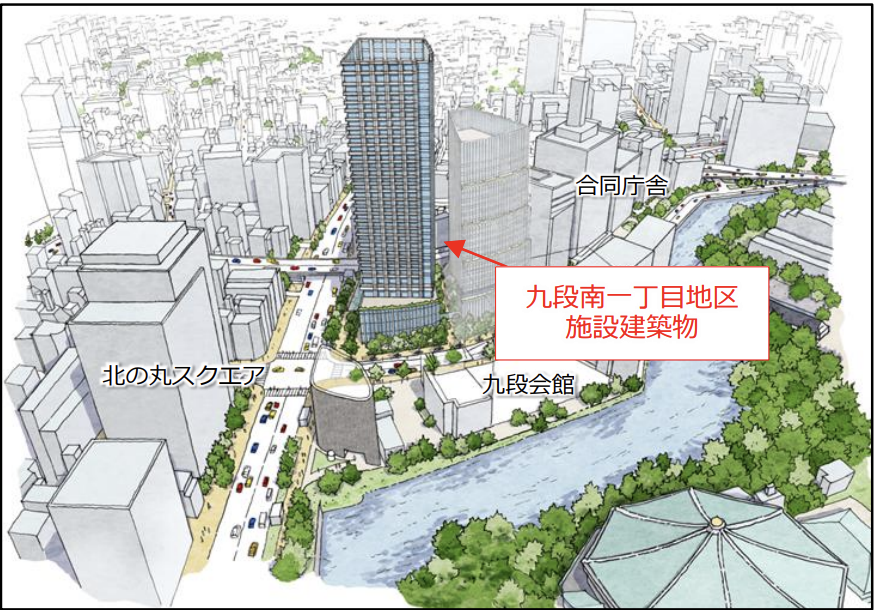
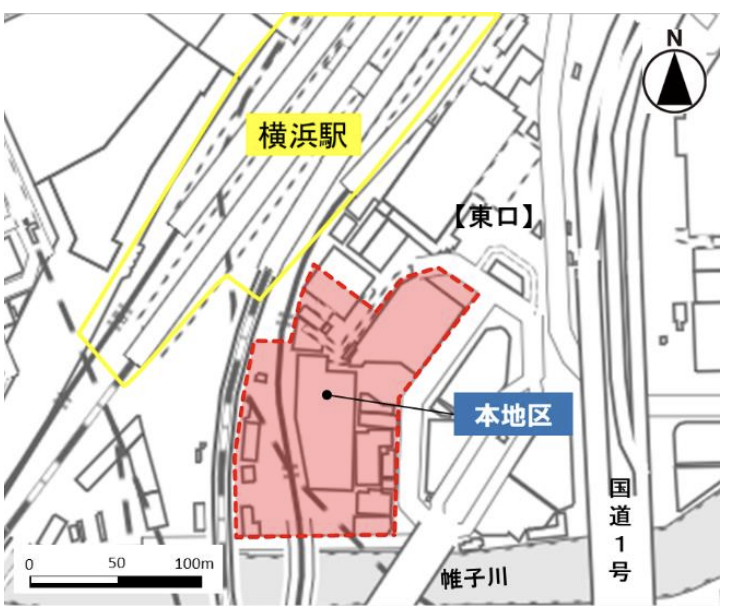


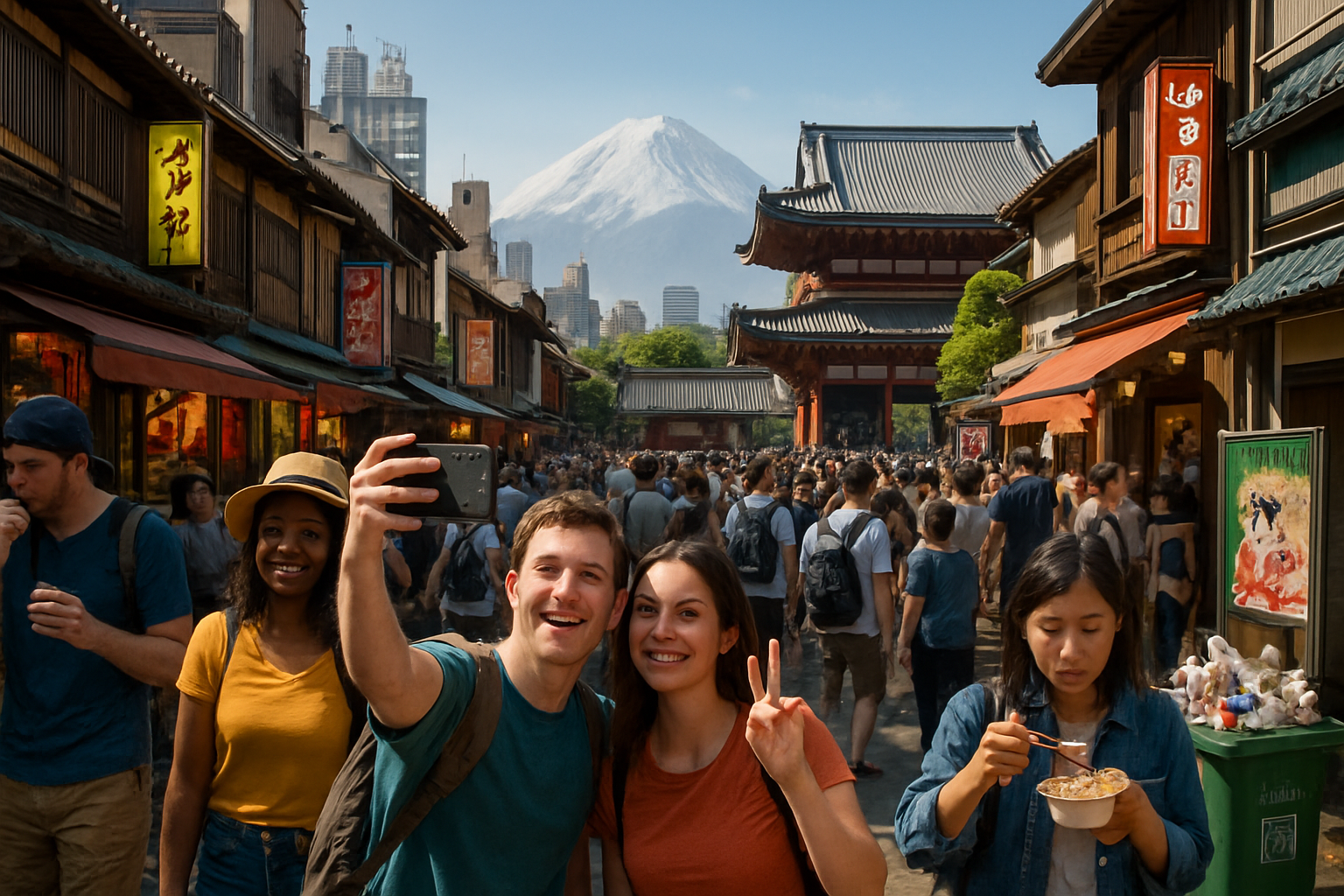

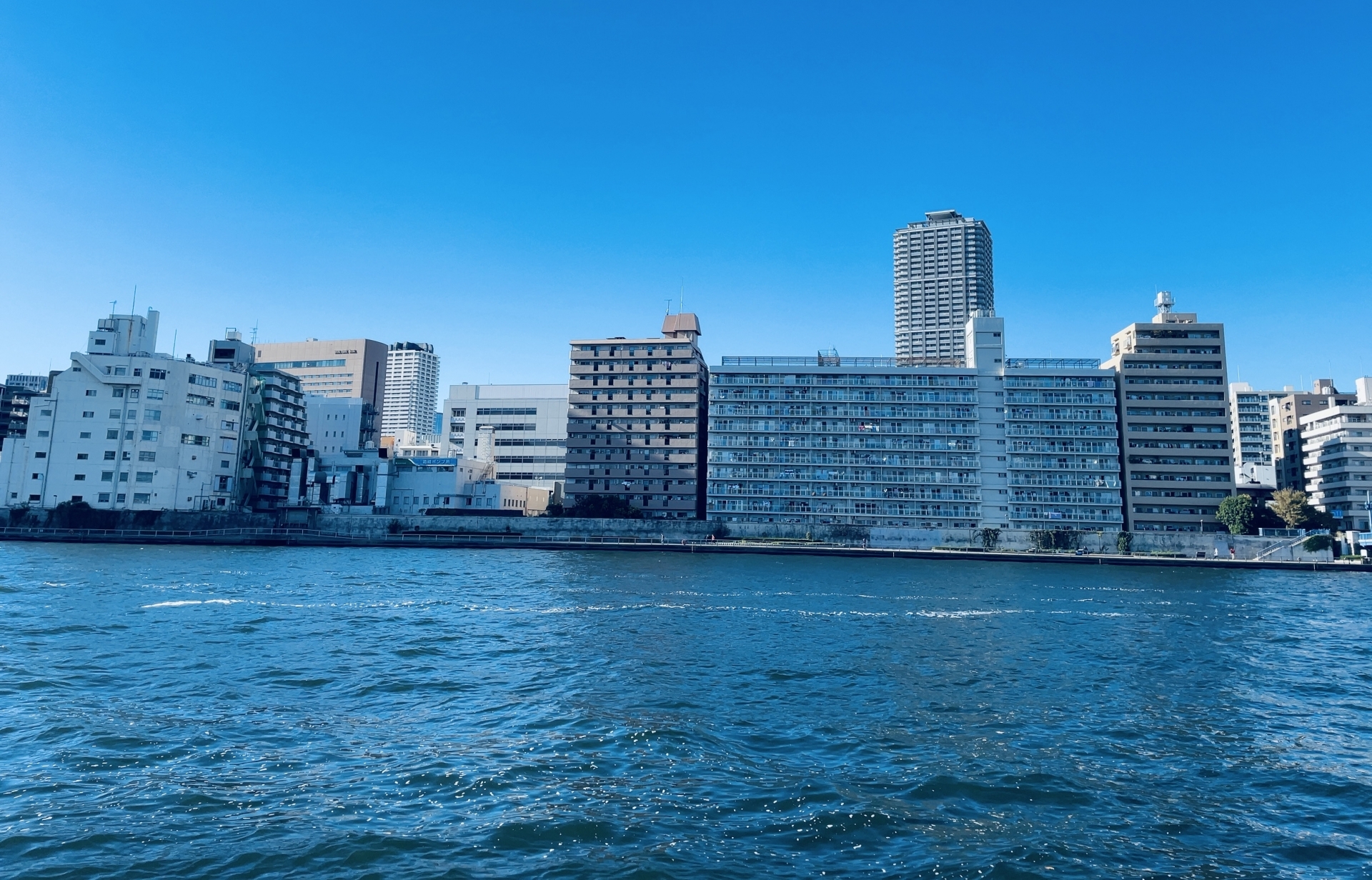
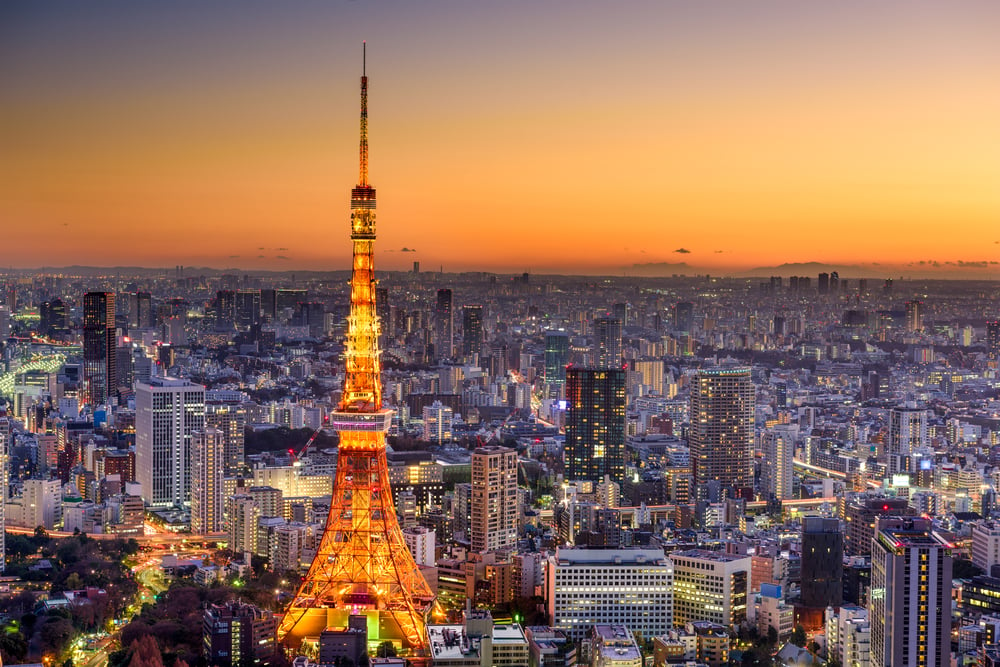
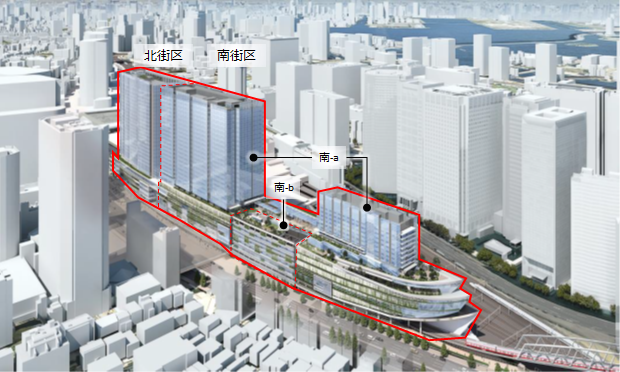
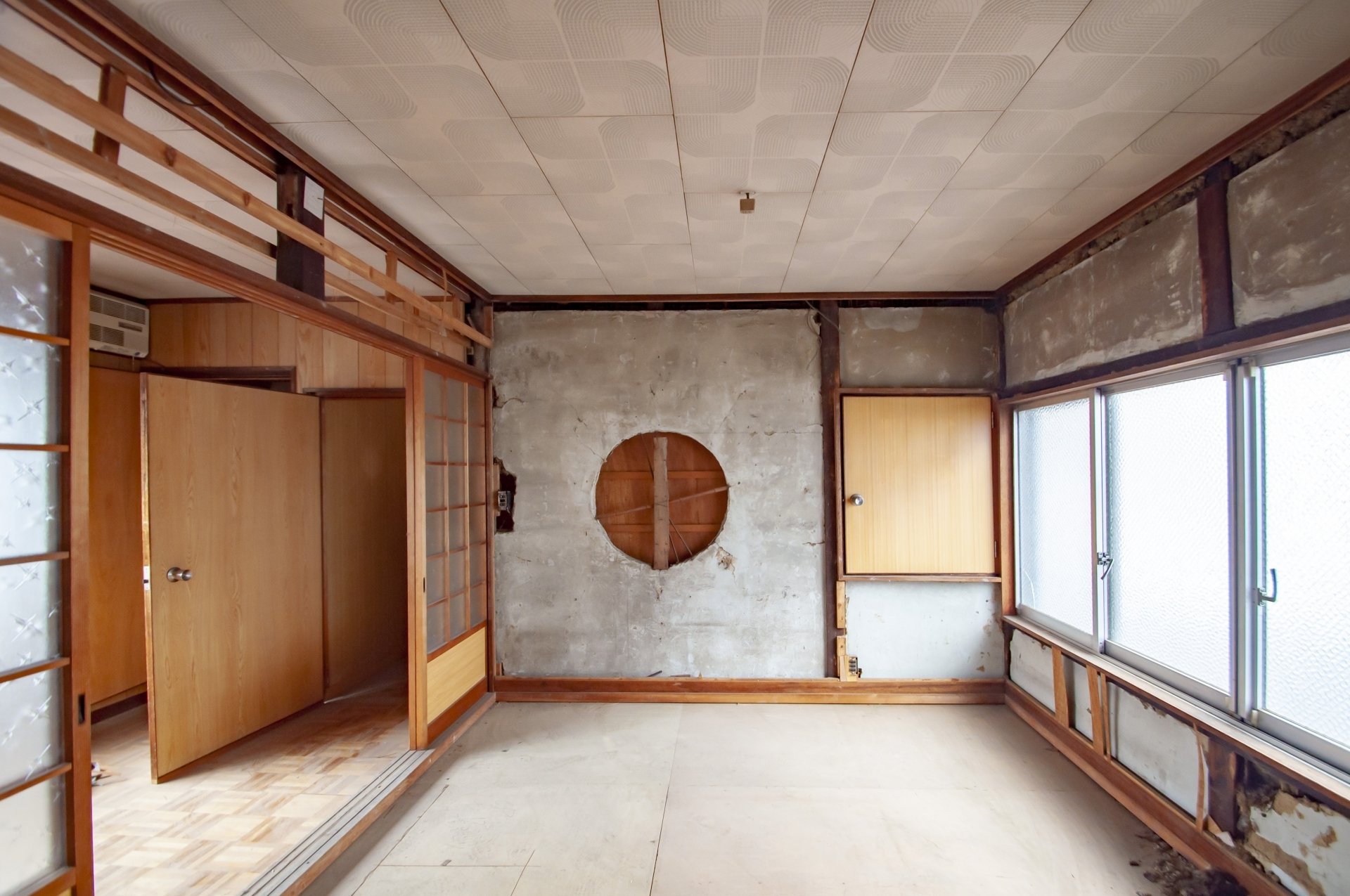
![Definition, Role, and Selection Criteria for Real Estate Management Companies [Focusing on the Importance of Human Resources]](https://app.ina-gr.com/hs-fs/hubfs/AI-Generated%20Media/Images/The%20image%20shows%20a%20businessman%20in%20a%20suit%20holding%20a%20smartphone%20and%20concentrating%20on%20checking%20something%20against%20the%20backdrop%20of%20a%20modern%20office%20building%20Beside%20him%20is%20a%20large%20glass%20window%20letting%20in%20sunlight%20The%20businessmans%20expression%20is%20serious%20his%20ey.jpeg?width=550&height=395&name=The%20image%20shows%20a%20businessman%20in%20a%20suit%20holding%20a%20smartphone%20and%20concentrating%20on%20checking%20something%20against%20the%20backdrop%20of%20a%20modern%20office%20building%20Beside%20him%20is%20a%20large%20glass%20window%20letting%20in%20sunlight%20The%20businessmans%20expression%20is%20serious%20his%20ey.jpeg)

